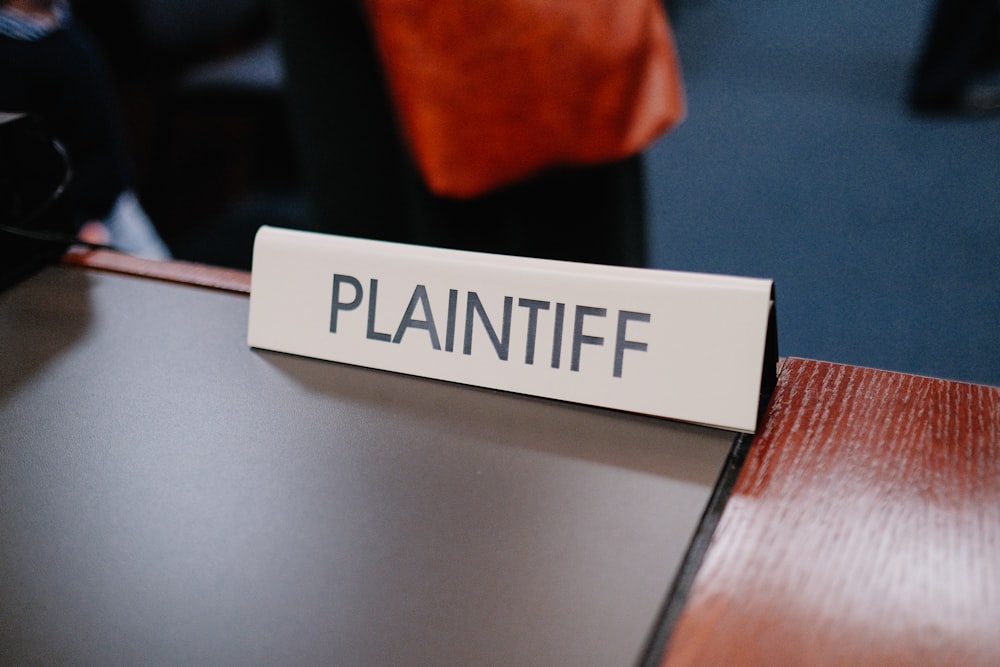Introduction
Filing a lawsuit can be a daunting process, but understanding the steps involved is crucial for anyone seeking legal recourse. This article provides an overview of the process, guiding individuals through the complexities of initiating legal action.
Understanding the Need for Legal Action
Before filing a lawsuit, it’s essential to understand the reasons behind taking legal action. Whether seeking compensation for damages, holding someone accountable for wrongdoing, or protecting one’s rights, the decision to file a lawsuit typically stems from a desire for justice and resolution.
Assessing the Merits of the Case
Once the need for legal action is established, it’s important to assess the merits of the case. This involves evaluating the evidence, considering legal precedents, and consulting with legal experts to determine the likelihood of success. A thorough assessment helps individuals make informed decisions about whether to proceed with filing a lawsuit.
Identifying the Defendants
In many cases, identifying the defendants—the individuals or entities being sued—is straightforward. However, in complex legal matters involving multiple parties or corporate entities, identifying the appropriate defendants may require careful consideration and legal research. It’s crucial to ensure that all relevant parties are named in the lawsuit to maximize the chances of a successful outcome.
Choosing the Right Legal Representation
One of the most important decisions in the filing process is choosing the right legal representation. A skilled attorney with expertise in the relevant area of law can provide invaluable guidance and advocacy throughout the legal proceedings. It’s essential to research and interview potential attorneys to find one who is experienced, trustworthy, and compatible with the client’s needs and goals.
Drafting the Complaint
The complaint is a formal legal document that outlines the plaintiff’s allegations against the defendant(s) and the legal basis for the lawsuit. Drafting a clear and concise complaint is crucial for effectively presenting the case to the court. Working closely with legal counsel, plaintiffs must ensure that the complaint accurately reflects the facts of the case and complies with applicable legal requirements.
Filing the Lawsuit
Once the complaint is prepared, it is filed with the appropriate court and served on the defendants. The filing process involves submitting the complaint along with any required filing fees to the court clerk. Properly serving the defendants ensures that they are formally notified of the lawsuit and have an opportunity to respond.
Responding to the Defendants’ Answer
After being served with the complaint, the defendants have a specified period to file an answer, in which they respond to the allegations and assert any defenses they may have. Plaintiffs must carefully review the defendants’ answer and may be required to file a reply addressing any affirmative defenses or counterclaims raised by the defendants.
Discovery Process
The discovery process allows both parties to gather evidence and information relevant to the lawsuit. This may involve exchanging documents, conducting depositions, and issuing written interrogatories. The discovery process plays a crucial role in preparing the case for trial and may uncover additional facts or evidence that could strengthen the plaintiff’s position.
Pretrial Proceedings
Before trial, the court may hold pretrial conferences or hearings to address procedural issues, resolve disputes between the parties, and streamline the trial process. During this stage, the parties may also engage in settlement negotiations or alternative dispute resolution efforts in an attempt to resolve the case without going to trial.
Trial Proceedings
If the case proceeds to trial, both parties present their evidence and arguments before a judge or jury. The trial process involves opening statements, witness testimony, presentation of exhibits, cross-examination, and closing arguments. The judge or jury then deliberates and renders a verdict based on the evidence presented and applicable law.
Conclusion
Navigating the process of filing a lawsuit requires careful planning, strategic decision-making, and legal expertise. By understanding the steps involved and seeking guidance from experienced legal professionals, individuals can effectively pursue justice and resolution through the legal system. Read more about filing a law suit










